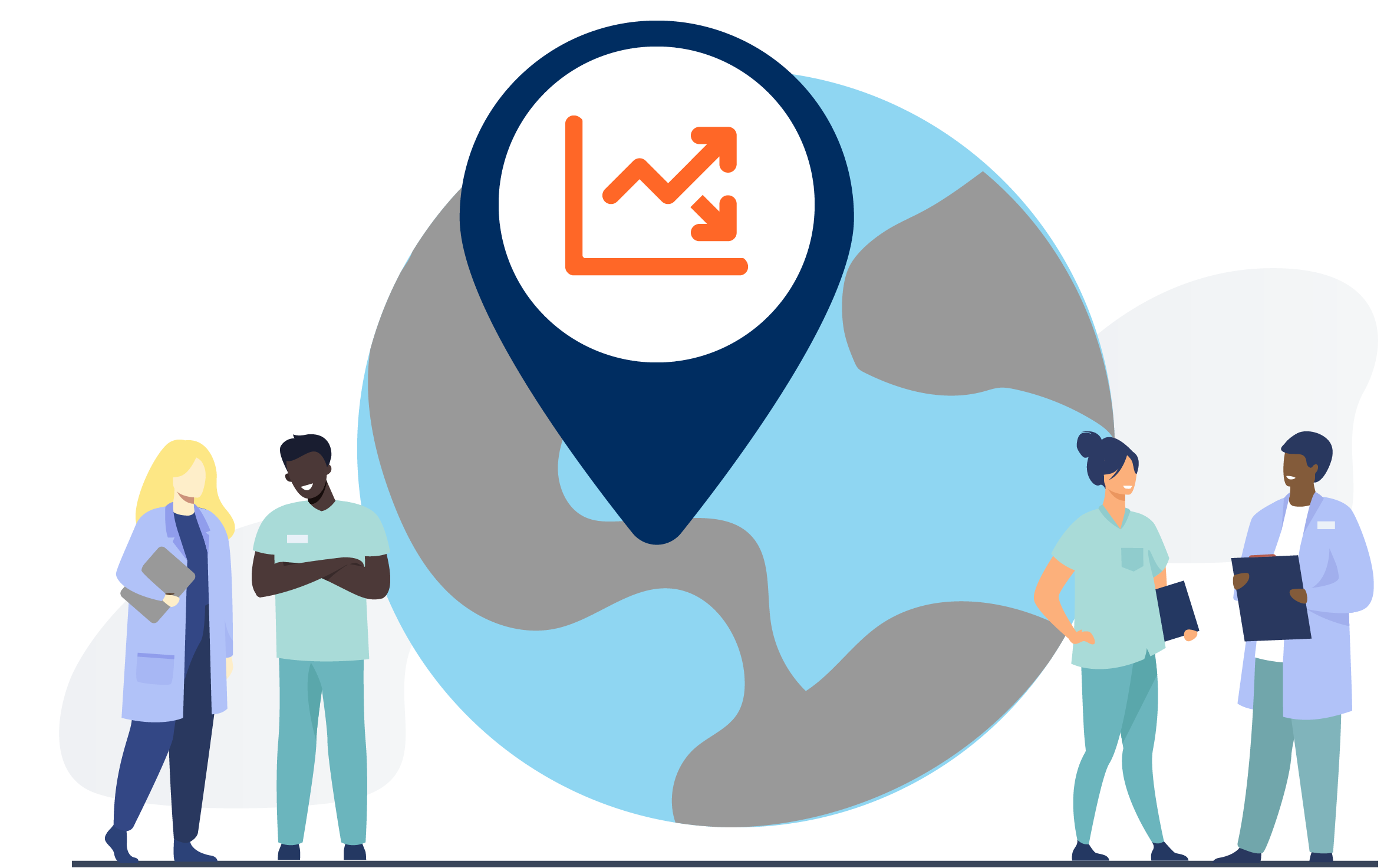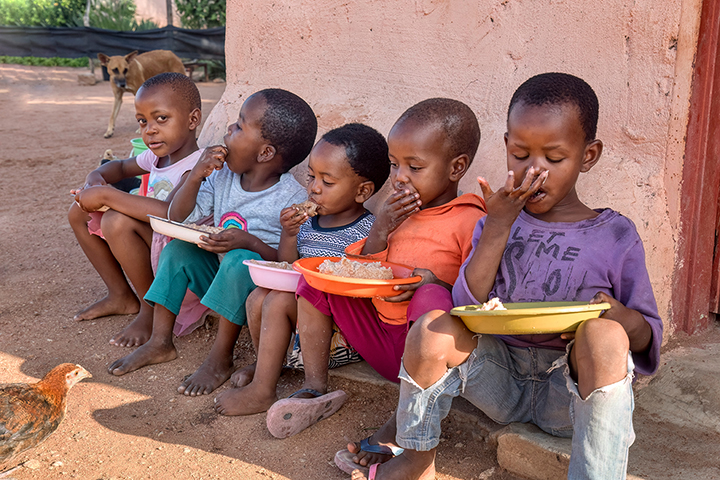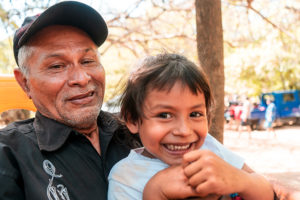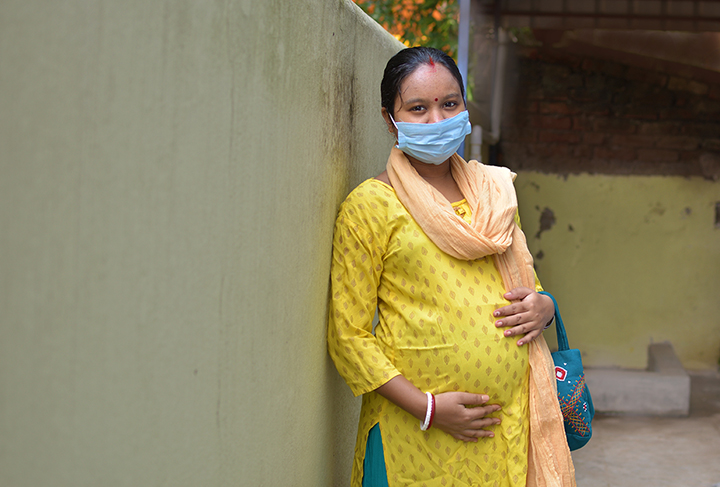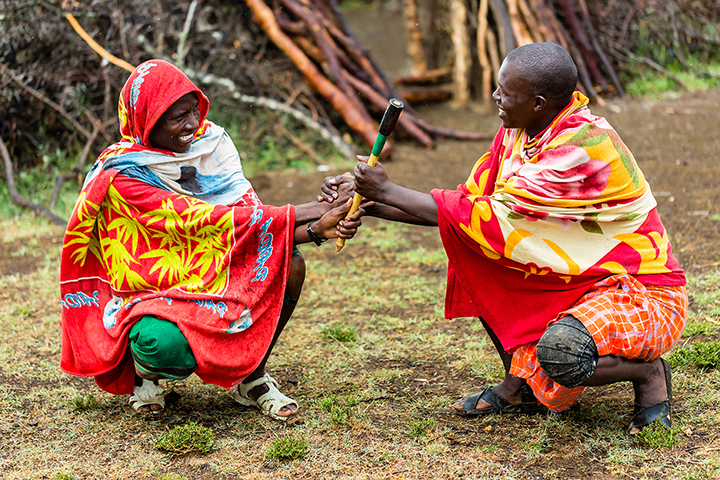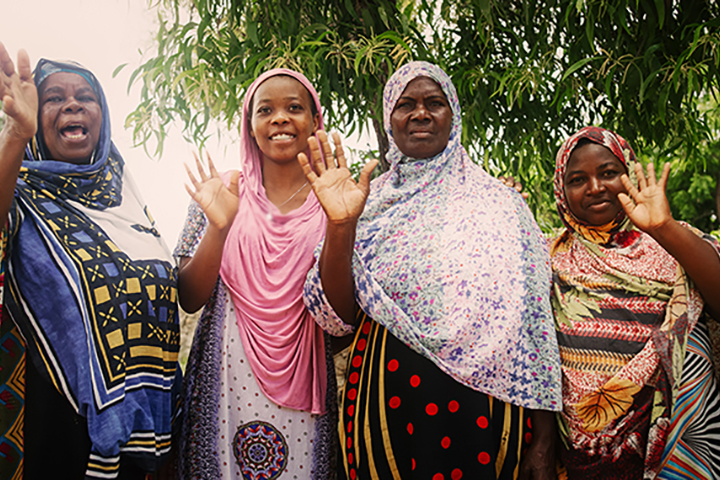Building Awareness
There is a systematic method to identify gender norms and inequities through gender analysis, beginning with building awareness.
Health professionals should consciously question how their projects and programs address gender.
Understanding key analytic concepts and questions can help you to identify concrete linkages between gender and health in the specific program or policy you are carrying out.
Being able to specify how gender-based constraints and opportunities affect your program and its desired outcomes is a significant first step toward promoting improved reproductive health outcomes and gender equality.
A basic understanding about the links between gender and health should equip you to make conscious decisions about your program’s effect on gender relations.
What is Gender Analysis?
Different levels of power they hold
Different needs, constraints, and opportunities
Impact of these differences in their lives and health
Health professionals use several different approaches to conduct gender analyses. A gender analysis may lead a health professional to consciously develop a gender transformative intervention.
Most approaches to gender analysis require health professionals to ask and examine the following during conceptualization and design of a reproductive health program/activity:
-
- Relevant gaps in the status and anticipated levels of participation of women and men (including age, ethnicity, disability, location, etc.) that could hinder overall project outcomes
- Differences in the status of women and men (e.g., economic, political, etc.) that could be closed as a result of the project
- Possible differential effects the project might have on men and women
These questions are taken from the USAID Automated Directives System(link will open new window), which requires gender analysis in USAID projects. IGWG training materials provide a few additional questions to ask:
- How will gender relations affect the achievement of sustainable results?
- How will proposed results affect the relative status of men and women (i.e., will it exacerbate inequalities, or accommodate or transform gender relations?)?
Source
Biasutti, 2004; USAID 2013.
A Framework for Gender Analysis
The following section will guide you through a gender analysis for a sexual and reproductive health program. This process for gender analysis considers five areas or “domains” of life particularly affected by gender:
Laws, policies, regulations, and institutional practices
Cultural norms and beliefs
Gender roles, responsibilities, and time used
Access to and control over assets and resources
Patterns of power and decision-making
When we examine each domain, ask yourself the following general questions:
- What are the gender relations and differences within this domain? For example, do women and girls access social and economic resources differently than men and boys?
- How will gender relations in this category affect a program’s ability to achieve sustainable results?
- How will a program and its proposed results affect the relative status of women and men, boys and girls in this category?
Domains establish a systematic method to complete a gender analysis. Issues, questions, and answers often address or may be linked to more than one domain.
The 2016 Jhpiego Gender Analysis Toolkit is a practical guide for public health professionals seeking to understand how gender can impact health outcomes, both through service delivery and access to information and care. Its primary focus is sexual, reproductive, maternal, newborn, child and adolescent health.
The toolkit provides illustrative questions related to the five domains described in USAID’s Automated Directive System 205. The tool presents illustrative general and health area-specific questions organized in matrices related to different levels of the health system.
Laws, Policies, Regulations, and Institutional Practices
Legal status and rights refer to how women and men are regarded and treated by customary and/or formal legal codes, judicial systems, and public institutions. Laws often reflect societal and cultural influences, including inequitable gender norms. Laws can also be instrumental in promoting justice and equality.
In some cases, laws and institutional practices perpetuate systematic differences and inequalities between women and men.
In addition to the general gender analysis questions, key legal and rights-based subject areas to consider are:
When designing, implementing, and evaluating a program that accomplishes health objectives and promotes gender equity, consideration of the institutional and policy environment will help identify opportunities to improve health and promote gender equality, and reveal potential barriers.
Laws and the policy environment can directly affect women’s and girls’ ability to access and receive quality sexual and reproductive health services. Considering key legal and rights-based subject areas is essential in designing effective SRH programs.
In addition, some specific questions to consider include:
- How might laws affect different people's sexual and reproductive heath?
- Do existing laws pose barriers or opportunities for effective health programs?
- How well are policies implemented?
- How might legal status affect the ways in which an SRH program engages with women? LGBT people? Sex workers?
Cultural Norms and Beliefs
Cultural norms and beliefs influence how men and women conduct their daily lives.
For example, men and women may:
-
- Have access to different types of knowledge (e.g., experiential vs. empirical knowledge)
- Have diverse beliefs
- Perceive situations differently
- Conform to gender-specific norms and behaviors
Beliefs about what women and men are expected to be and do also impact their behaviors and health.
In addition to the general gender analysis questions, consider what implications differential beliefs or perceptions might have for a reproductive health program.
For instance:
-
- Women may believe that taking advantage of reproductive health services conflicts with their responsibility to bear children.
- Men may perceive a cultural pressure to have multiple sex partners.
- GBV places the person who experiences violence at risk for multiple poor health outcomes.
Questions to help you in this are:
- How would this information affect the design, implementation, and evaluation of a reproductive health program?
- Would you consider engaging these populations about gendered beliefs, perceptions, and practices to facilitate dialogue about reproductive health and gender equality?
Gender Roles, Responsibilities, and Time Used
Gender roles and responsibilities for men and women are strongly delineated and valued differently in some cultures. They affect the ability of women and girls and men and boys to participate meaningfully in health programs, as well as the degree to which their participation is valued and taken seriously by their communities.
In most parts of the world, women have historically been underrepresented in leadership and decision-making positions in their families, communities, and states. For instance, global health programming is often developed and designed by men, but directed toward women, as they are usually involved in accessing health services for their whole family.
In addition to the general gender analysis questions, consider men’s and women’s roles in:
Meetings and trainings
Health services
Political processes
Work
Social spaces
It is also important to consider the participation of transgender populations and the roles and engagement of key populations in HIV programs, which are marginalized for reasons often times related to gender. Health programs may promote greater participation and leadership of women and girls by:
-
- Holding meetings and other activities when and where women and girls are available to participate and in spaces where women and girls are comfortable and welcome
- In mixed-sex groups, addressing communication patterns so that women and girls are able to speak up and are taken seriously
- Providing childcare
- Building capacity of women and girls on leadership, communication, etc.
- Promoting the participation of transgender, MSM, and sex worker populations in HIV programs
Questions that help uncover how gendered participation and leadership might affect an RH program are:
- Does women's or men's ability to participate differ depending on the setting?
- How do roles and responsibilities for specific health conditions differ between women and men?
- Is political participation valued and encouraged for both men and women?
- What is considered men's work and women's work?
- When and where do men and women socialize?
Access to and Control over Assets and Resources
An individual’s capacity to have access to and control over resources, which are necessary to be a fully active and productive participant in society (socially, politically and economically) has a significant impact on his/her life and health.
Key resources include:
Information and education
Social programs
Social capital (membership in a local group, participation in civic activities, etc.)
Productive and natural resources
Money
In addition to the general gender-analysis questions, some specific questions to consider include:
- Do women and men have different access to the key resources listed above?
- Do men and women earn disproportionate sums of money and/or have access to different health-related information?
- How would these differences affect a reproductive health program that offers and charges for commodities?
Access to resources like information and money can influence a woman or a man’s ability to participate on equal footing and advocate for herself or himself. Lack of education, access to social programs, and other resources can prevent individuals from utilizing reproductive health services.
Patterns of Power and Decision-making
Categories of the gender analysis framework that we have discussed up to this point influence the power of self-determination. This domain is a cross-cutting category.
Patterns of power and decision-making are a person’s ability to act and make decisions freely, without persecution, about his or her body and other subject matters at the individual, community, municipal, and state levels.
In addition to the general gender analysis questions, the difference in women’s and men’s capacity for power and decision-making in the following areas should be considered:
For example, if women are led to believe that accessing reproductive health and family planning services conflicts with their expected role to have children, then they are not freely afforded the power to make individual decisions regarding their fertility.
Questions to help program staff understand this domain include:
- Can women freely make health-related decisions?
- Can women made decisions about their own fertility goals?
- Can women choose and have access to their preferred method of family planning?
- Can women determine whether to get an HIV test?
- Are women decision-makers within the health system?
Several contextual factors influence each of the domains we have discussed during this session.
These materials were adapted from the Global Health eLearning Center, U.S. Agency for International Development.
